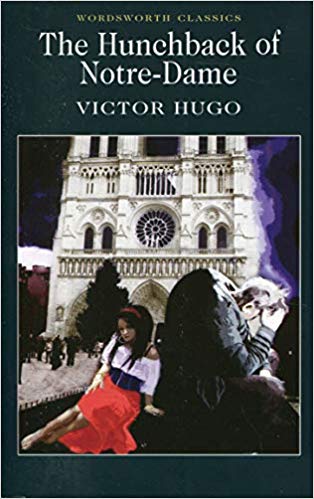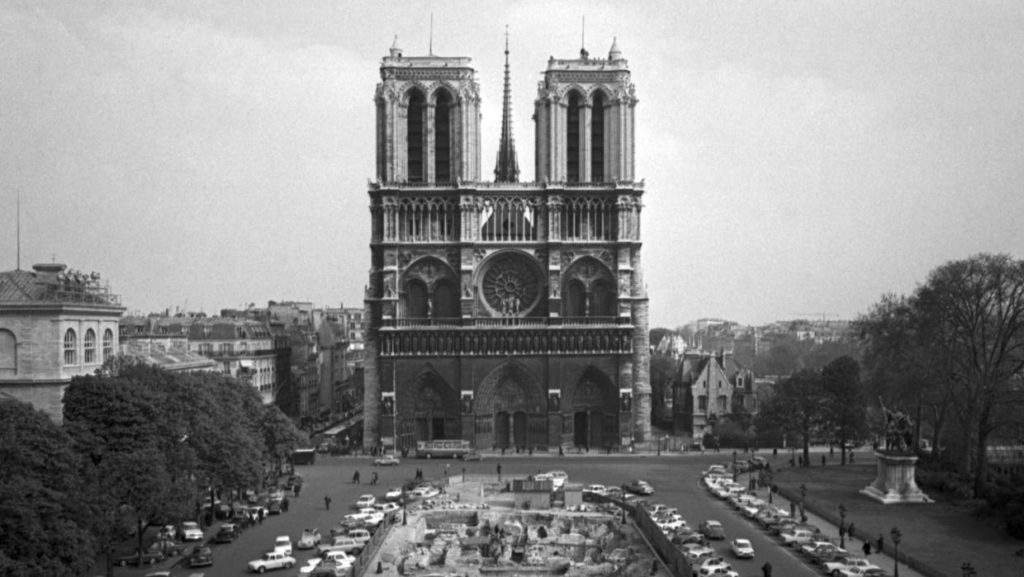Impromptu Buddy Read

Set in 1482, Victor Hugo’s powerful novel of imagination, caprice and fantasy is a meditation on love, fate, architecture and politics, as well as a compelling recreation of the medieval world at the dawn of the modern age. In a brilliant reworking of the tale of Beauty and the Beast, Hugo creates a host of unforgettable characters amongst them, Quasimodo, the hunchback of the title, hopelessly in love with the gypsy girl Esmeralda, the satanic priest Claude Frollo, Clopin Trouillefou, king of the beggars, and Louis XI, King of France. Over the entire novel, both literally and symbolically, broods the Cathedral of Notre-Dame. Vivid characters and memorable set-piece action scenes combine to bring the past to life in this story of love, lust, betrayal, doom and redemption.

The first stone of the cathedral was laid in 1163 in the presence of Pope Alexander III, according to the Notre Dame website. The altar was finished about 20 years later; the two towers were constructed between 1225 and 1250, and the entire cathedral was completed in 1345.
After the burning of Notre Dame Cathedral a bunch of us Bibliophiles decided to finally tackle Hugo’s Hunchback of Notre Dame. The book was rough to get into, however once we all got a feel for the rhythm of it we made it through! I enjoyed all the architecture passages. The story, so much darker than I knew, was exceptional. I very much enjoyed Esmeralda’s story, tragic as it is. Quasimodo showed such a great love, despite his life. I enjoyed our discussions after we finished each Book (Section).

The more of classic literature I read, the more I adore it. This was a wonderful reading adventure. I am so glad we decided to tackle this book.
Il existe à cette époque, pour la pensée écrite en pierre,
un privilège tout-à-fait comparable à notre liberté actuelle de la presse. C’est la liberté de l’architecture.
There exists in this era, for thoughts written in stone, a privilege
absolutely comparable to our current freedom of the press.
It is the freedom of architecture.


